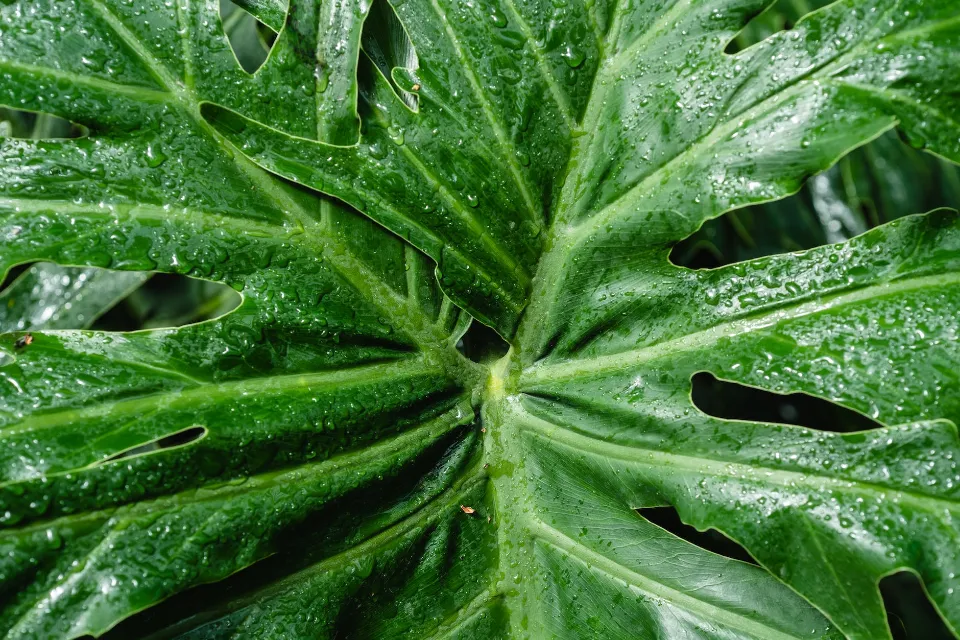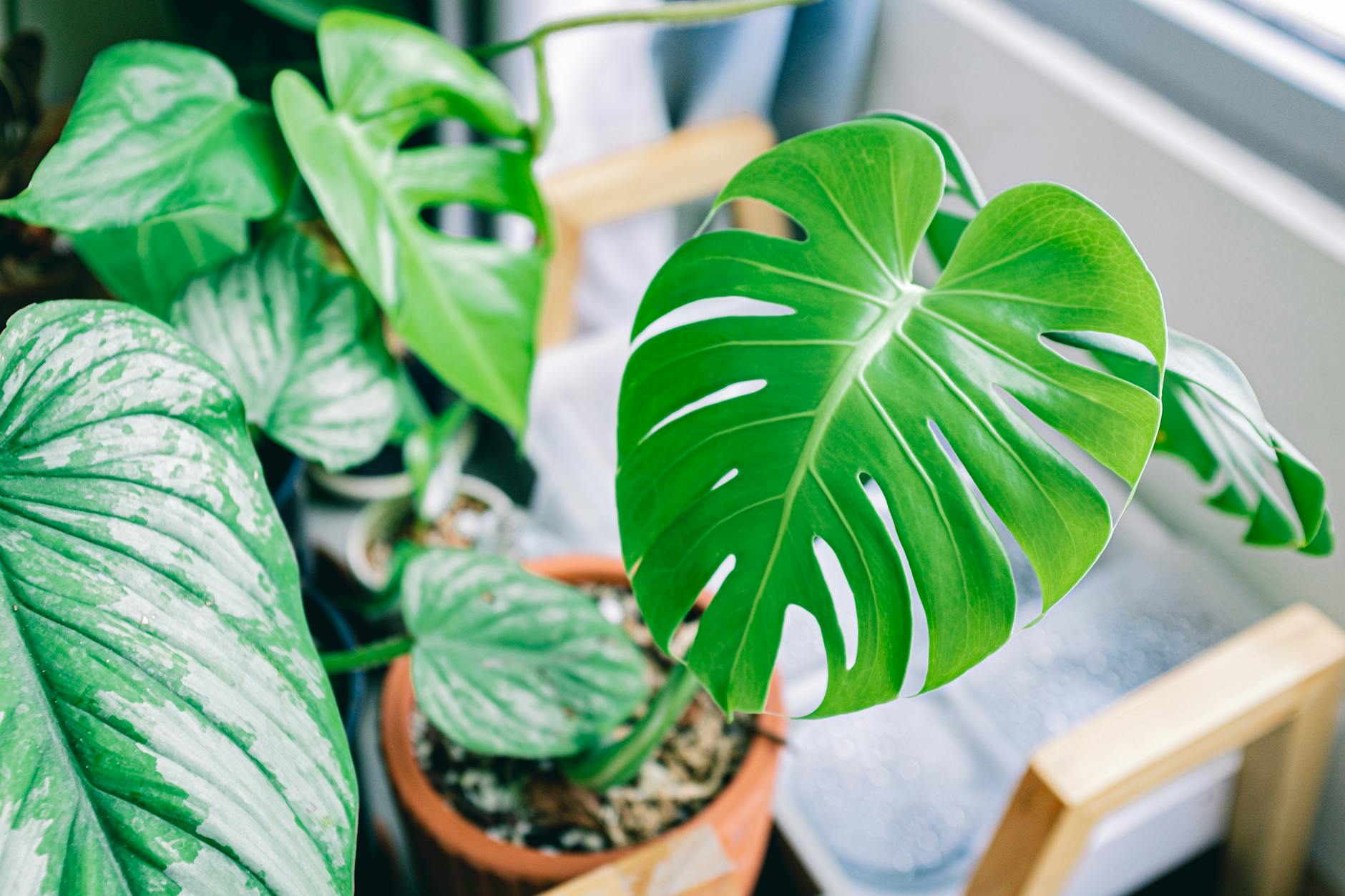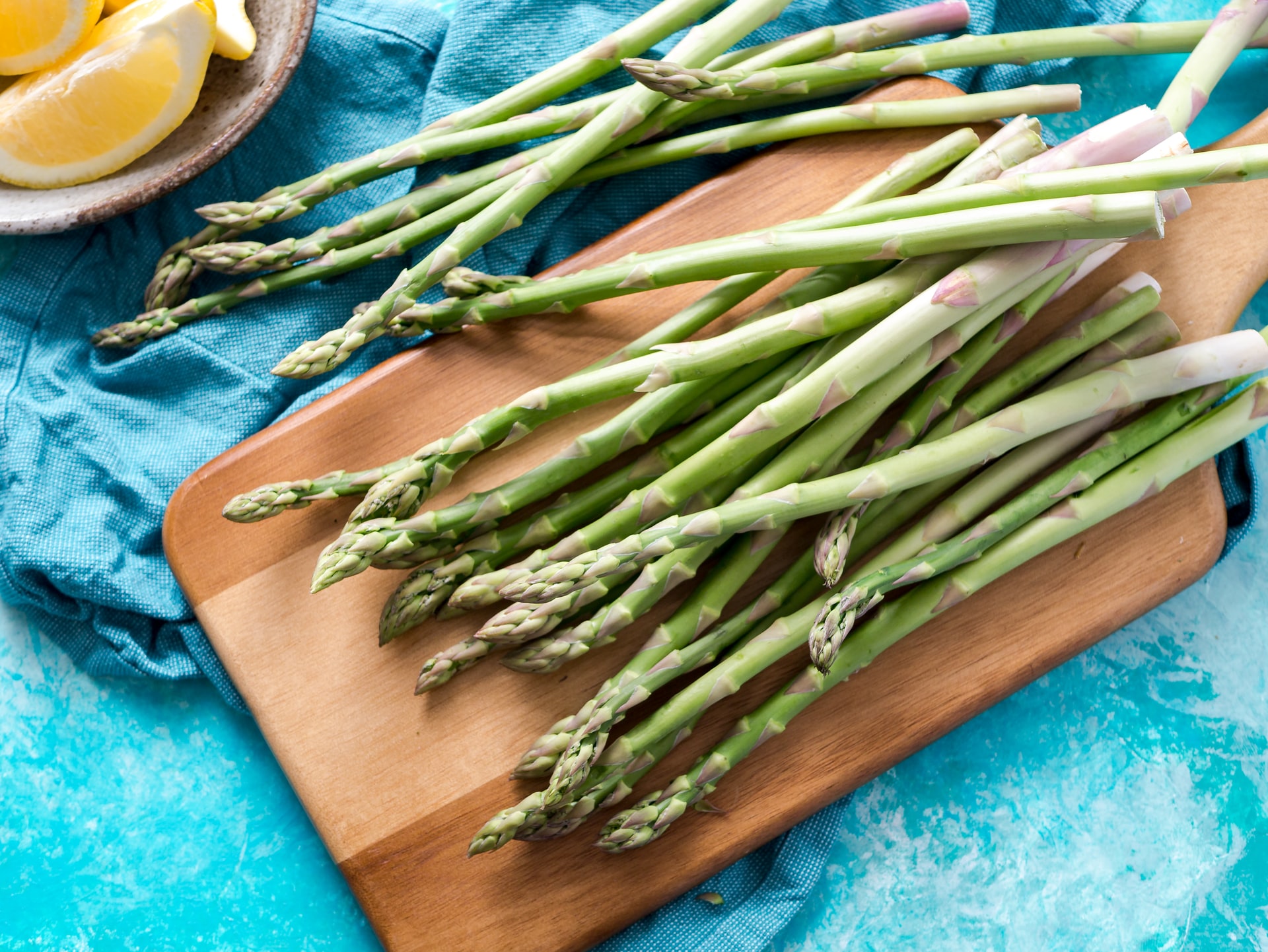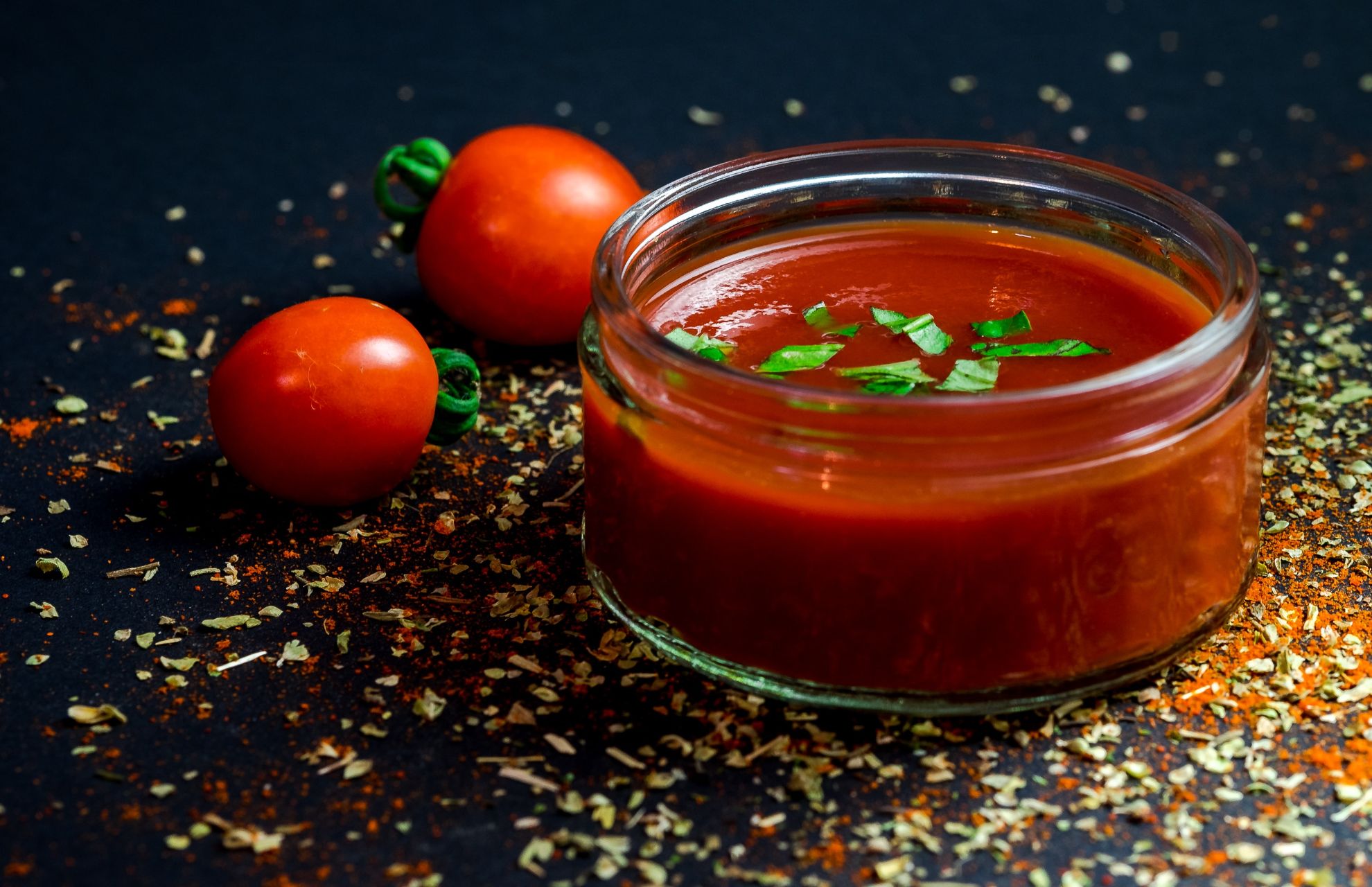Keep reading if you have a Philodendron plant and would like to know how to propagate it and grow new plants.
Low-maintenance, quick-growing philodendrons are prized for their attractive foliage as indoor plants. Their thin, trailing stems add texture and fill the space, and their heart-shaped, glossy leaves add color and light to the room. The philodendron is a tropical houseplant that is simple to grow and maintain, making it ideal for novice gardeners.
Three Philodendron propagation methods will be covered in this article.
Read More:
- Are Philodendrons Toxic to Cats, Dogs, or Other Pets?
- A Complete Guide to Split-leaf Philodendron Care
Propagate Philodendron through Stem Cuttings
When a healthy stem from the plant is cut into sections, it is called “stem cutting” to propagate the plant. It is easiest to take stem cuttings from vining Philodendrons like “Brasil,” “Brandi,” and Heart Leaf Philodendrons.
For simple propagation, each section needs at least two nodes.
Step 1: Getting the Cutting

Make sure the stem is healthy and has a few leaves before you cut it. The node is where the new roots will start to grow, so you must cut it before that point.
Step 2: Place It in a Jar of Water at Room Temperature
Once you have the cutting, it is time to put it in a jar with room-temperature water. A minimum of one node must be submerged. Make sure your stem still has at least three or four leaves on it before gently removing the leaves if they are submerged as well.
Step 3: Place the Cutting in a Spot With Bright, Indirect Light
Place the cutting in a warm area with bright, indirect light as the next step. Water will sludge or evaporate, so you can replace it or add more once every week or so.
Step 4: Wait for the Root System to Develop
The new roots will begin to appear within a few days, but you’ll need to give the cutting a few weeks to grow before you can move it to a new pot.
Pro tip: You can take multiple cuttings and put them in the same jar to root together if your mother plant is big and lush. By doing this, you’ll get a full and attractive plant when you transplant your cuttings to their new pot.
Air Layering

An alternative to cutting your plant is air layering. Therefore, this is the method you want to try if you just have an expensive philodendron (Philodendron Hastatum, for example) and want to propagate it. After all, you don’t want to expose them to too many risks.
By air layering, you essentially give your plant a chance to develop roots from a node. Sphagnum moss and cling film are all you need.
Step 1: Choose the Section You Want to Propagate
Picking the node where you’ll put the moss and clingfilm is the first step in this process. You will require at least one node. The likelihood of a successful rooting increases if you can find a stem with two nodes that are closer together.
Step 2: Wrap the Section in Moist Moss
Once you’ve located the ideal location for air layering, use your clingfilm to wrap the area in wet moss. To avoid damaging the plant, ensure the moss is wrapped loosely around it. Spray it with some water after that to help your new roots flourish.
Step 3: Wait for the Root System to Develop
Please don’t give up; it might take some time for the first roots to show. Make sure to regularly check on your moss to ensure that it is moist in the interim. If not, it would be better to spray it. In order to prevent rot, avoid keeping your moss wet or tangled up too tightly on the stem.
The rooting procedure may take a week to several months, but it will be well worth the wait.
Step 4: Cut the Stem and Plant It in Potting Medium
Cut the stem and transfer it to its new location once a robust root system has grown. A set of tidy, accurate scissors is required. Additionally, be careful not to cut it too close to the node.
Root Division

When you cut the plant in half at the roots and pot each new section to grow in the soil, you are propagating through root division. For self-supporting upright Philodendron cultivars like “Birkin,” root division works well.
Only established plants with strong root systems ought to be taken into consideration for root division.
- By tipping it on its side and gently pulling it out, carefully remove the plant from the pot.
- Remove the potting soil from the plant’s base to see the roots. Gentle root untangling is required.
- Use a sharp plant knife to cut the plant into sections, making sure that each section has roots.
- Repot each section into a separate planter with new potting soil.
- Water thoroughly and check on it every few days.
Philodendron plants that have just been propagated need to be checked frequently as they settle into their new planter pots. Keep them inside or in shade. As new plants are more vulnerable than older ones, keep an eye out for pests, fungus, and plant diseases.
You can give the young Philodendron plants a spring feeding of houseplant fertilizer after they have been potted up for about a month. This will give the plant a boost of nutrients during its busiest growing season.
Conclusion: Caring for Your Philodendron
Philodendrons are relatively simple to propagate when compared to some indoor plants. You can always choose air layering if you don’t want to put your plant in too much danger. Or, if your plant is established and has numerous shoots, the division is the best option.
In order to prevent your plants from getting sunburned, place these new plants in an area of your house that receives plenty of bright, indirect sunlight.









